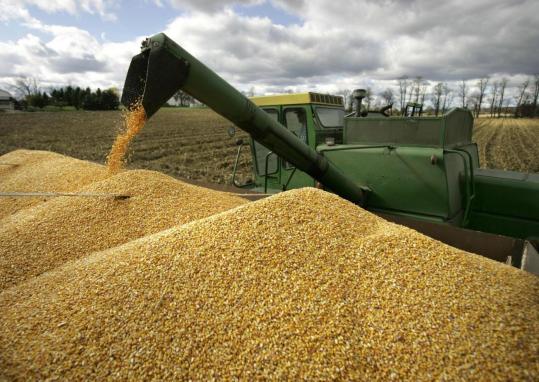In first year, Peru trade pact creating US winners

Feedstuffs.com | 6 April 2010
In first year, Peru trade pact creating U.S. winners
Despite recessionary economies, U.S. agricultural exports to Peru last year were at an all-time high of $530 million, 22% more than the year before, due to implementation of the U.S.-Peru Trade Promotion Agreement (PTPA), according to the U.S. Department of Agriculture.
There were clear commodity winners and exports where markets need to be better developed, USDA said in a "Global Agricultural Information Network" (GAIN) report issued by the U.S. Embassy in Lima, Peru.
These included yellow corn, beef and poultry, USDA said.
Corn exports to Peru in PTPA’s first year increased 167% to 572,060 metric tons in quantity and more than 100% to $117 million in value, and the U.S. market share of the Peruvian corn market jumped from 15% to 38%, according to the GAIN report.
Corn imports in Peru are subject to a duty of 9%, but PTPA granted U.S. corn a duty-free tariff rate quote (TQA) of 500,000 mt in its first year, a TQA that’s scheduled to increase 6% per year until getting to unlimited duty-free status in the 12th year, the report says.
U.S. beef exports to Peru were record high last year, increasing 9% to $6.5 million in value due to PTPA trade preferences, the report says.
There are two TQAs for beef, the report notes: one for beef cuts, which begins at 800 mt and reaches duty-free status in 12 years, and one for offal, which begins at 10,000 mt and reaches duty-free status in 10 years. However, the U.S. filled only 2.3% of the first and none of the second last year, the report says, suggesting that beef is obviously one of the areas that needs to be better developed.
The report says U.S. poultry sales to Peru totaled $2.2 million last year, versus almost nothing the year before, due to PTPA’s provision allowing 12,000 mt of U.S. chicken leg quarters to be imported duty free, a TQA that will increase 8% per year until reaching unlimited duty-free status in the 17th year. Again, though, the report said less than 3% of the quota was used last year due to high prices and insufficient market development.





